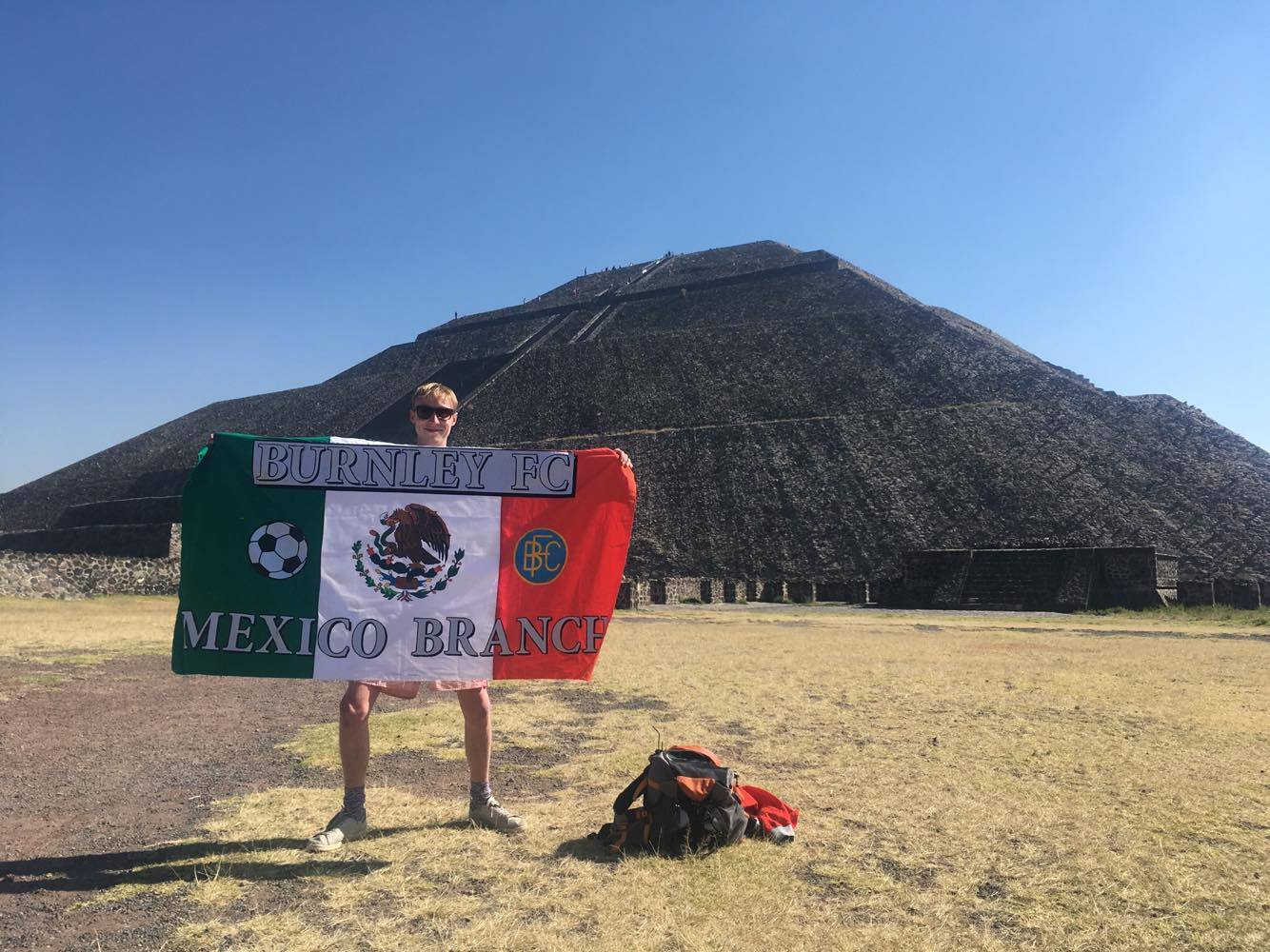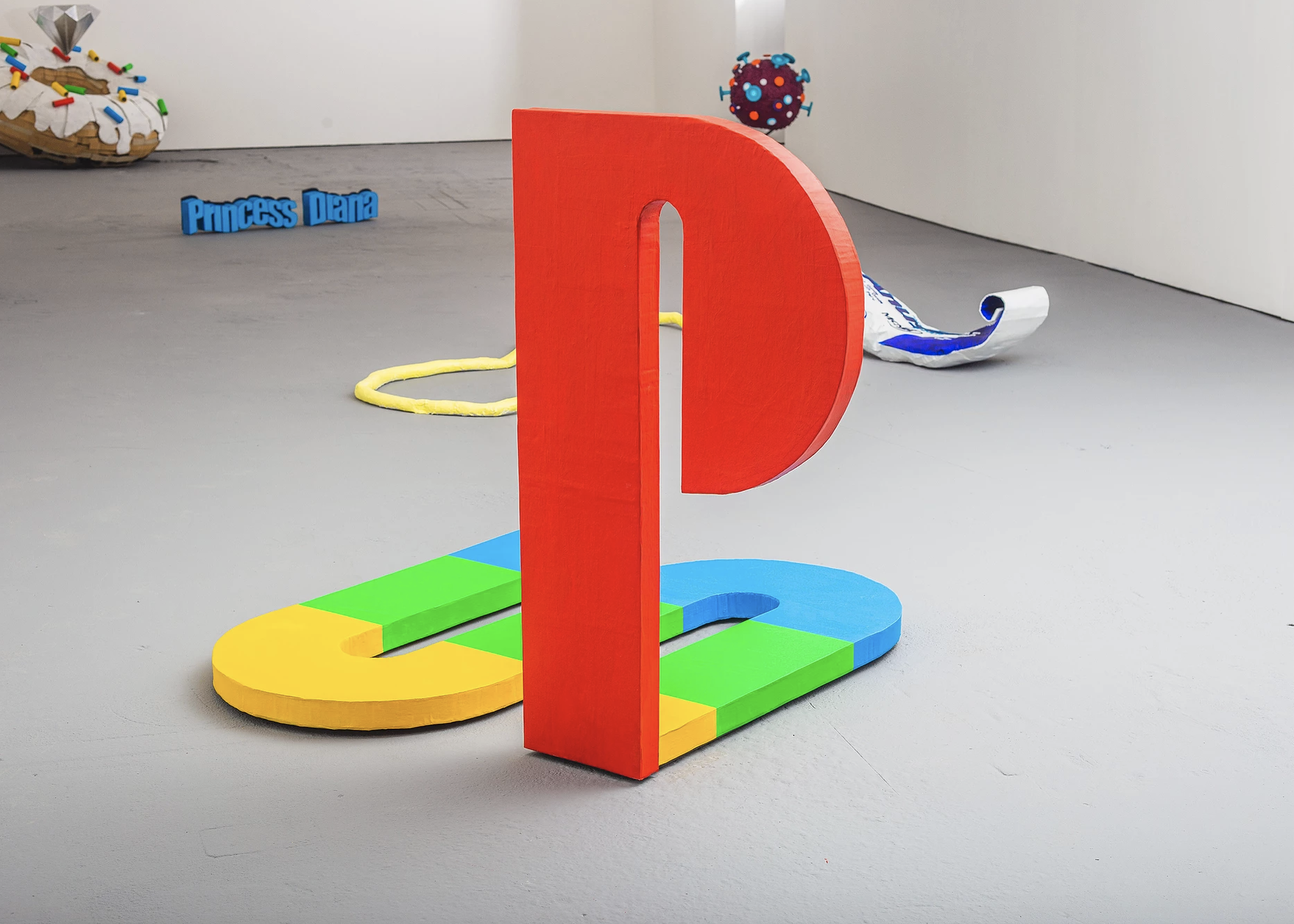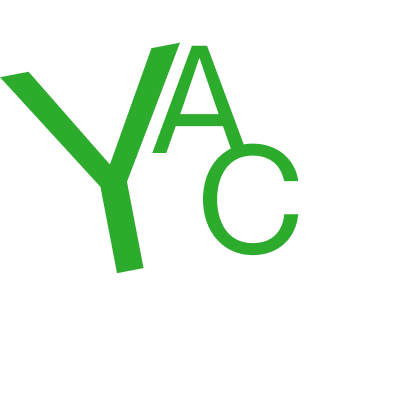Robin Broadley
Interview by Zoe Watson
-
Published in January 2021
-
I first came across your work in your degree show at Manchester School of Art in 2014 and your work was very memorable; you had converted a small cubby space in the basement into an immersive cardboard installation replicating the interior of a spaceship. Since then we've got to know each other in a work context as we both work at Manchester School of Art, but your recent solo show CARDBROADLEY has been the first opportunity we've been able to work together on an artistic project. Looking at the show, it is clear cardboard is still your material of choice. Why has this remained your championed material?
Cardboard is still my championed material, but I have more of a working relationship with it as opposed to a blossoming love affair.
It’s instant. There’s no messing about drawing shapes on computer software or waiting for a massive machine to cut things out for me, once the fire is lit for an idea I can start making it straight away – all I need is a knife and a glue gun to get going.
My mind sees things in a very three-dimensional way, by that I mean like the exploded diagrams you get with Ikea flat-packs – I realised that most, if not all objects can be deconstructed into simple 2D shapes, this revelation coupled with the versatility and accessibility of cardboard suddenly clicked and that was the start of it for me.
I’ve always found it satisfying to have a common denominator with ‘sets’ or ‘collections’ of things, whether it be football stickers or WWII medals - in this case my sculptures are a collection and the fact that they’re all made out of cardboard is pleasing to me.
 Diamond Geezer 4.0, 2020
Diamond Geezer 4.0, 2020After graduating you got involved with a collective called TOAST who ran a project space at Federation House in the city centre between 2013 and 2015. I remember your show CHEESE CUBE which included a really ambitious large-scale structure replicating a giant cheese. How did you find being part of an artist collective?
TOAST was a fantastic collective to be a part of, for me it bridged the terrifying gap between leaving art school and getting on with real life – we had our own space in Manchester city centre which was absolutely HUGE, I started off lending a hand with tech work, that’s how I got involved, but as time went on ended up having more involvement with the creative side of things. The ethos was ‘TOAST will host’, hosting other collectives, curatorial projects and artists.
Though TOAST existed as a platform for other creatives there was always scope for members of the collective to realise their visions. During this period my own practise was on the back burner, in terms of making sculptures anyway, I was having a lot of fun thinking about curating and seeing how other people thought about that as well. CHEESE CUBE was the result of this period...
Myself and my good friend, Alexander Morrison, had a drunken Christmas idea to build a huge cheese cube in which to present artwork. We had the space in which to do it, peers who were willing to help us and artists who wanted to be involved – it was the perfect storm really and allowed us to aim for a much more ambitious project than would be feasible when working alone. We built the cheese and curated its contents whilst Leeds Weirdo Club, an artist collective from Leeds, curated the landscape around it.

Cheese Cube, TOAST, Manchester, 2015
Your work pays homage to many pop culture references including videogames and WordArt; some are very recognisable everyday items where others are obscure references. Why are you drawn to these particular objects and motifs?
My recent works have been all about bringing objects which exist in the digital realm into the real world, often these will be objects that have stuck in my memory from a young age. Now, as an adult, I have the capability to recreate these objects and give them a physical existence I feel as though I’m fulfilling some sort of childhood fantasy - to actually see them live! All the sculptures I’ve made with this thought in mind have come to fruition through a desire to physically experience these digital entities, I don’t so much search for objects to put through this process – they’re already bumbling around in my brain, whether it be subconsciously through watching gameshows or memories of videogames from my youth – there’s a sort of nostalgia attached to the chosen objects, when they make me feel strongly enough about an experience I’ve had with them, that’s when I know they’re worthy of entering our world.
 GTA Vice City - Hidden Package 001, 2019
GTA Vice City - Hidden Package 001, 2019You enjoy playing with scale, where some life-sized household items are blown up comically large in your sculptures. This is sometimes at odds with the lack of context within white cube gallery spaces or on Instagram, where scale can be hard to perceive. I am thinking about your drill, in particular, which is double the size of a normal drill, but could potentially be mistaken for a real one in a picture.
I play with scale to proclaim the importance of certain things, if I’ve made a giant version of something then it’s a way of me conveying that object’s significance to me. It’s quite childish really – something is bigger so therefore more important. It’s an almost cartoon-like way of communicating. In the context of a gallery a large-yet-familiar object commands a degree of attention, which the original subject matter would not – the drill is a good example of this, they’re the technical bread and butter of any functioning gallery space, yet they’re often cast aside, lost, broken and abused in the midst of an install. Every dog has its day, I wanted to give the drill its hour of glory.
 This Is Not A Drill, 2017
This Is Not A Drill, 2017I know you love football. In particular, your beloved Burnley. Does this ever feed into your artistic practice?
My practice is very accessible, it can be viewed on a purely aesthetic level or perhaps a little deeper in the way we are currently discussing. Football is no different, it can be enjoyed as ‘just a game’ or it can become the defining element of someone’s life – the matchday experiences and social unity that come with it. This is the case for me. Growing up as a Burnley fan I’ve had the same seat at the ground for 22 years now (I’m only 29), and football offers up a sense of togetherness in a community that arguably nothing else can achieve in the same way.
I’ve seen what the wonders of escapism can do for working class communities, the football club isn’t just the most important thing in Burnley. It is Burnley. I think football is absolutely wonderful for this reason, it’s accessibility and ability to transport people. If I can take even a small part of that positivity into my art practice, then I’m happy. Art and football are both vehicles for escapism and that point of access is very important to me.
All that said, I’ve never used football as a subject matter in my sculptures, it’s almost too holy for me to go near. I’m looking to broach the subject at some stage however, though it makes me feel nervous – a bad job would be sacrilege. I did create a Burnley supporters branch whilst on holiday in Mexico a few years ago, as anyone who knows a Burnley fan will confirm - we struggle to shut up talking about our football club, so it only seemed right to make big flag to carry half way across the world with me. Needless to say, no one had heard of Burnley in the Yucatan but the ‘Mexico Branch’ has been going ever since, think we’re up to three members now!

Mexico Burnley Branch Flag
Alongside your art practice, you work as a technician at Manchester School of Art. Generally, do you find that your job informs your practice? How do you feel about working in the Art School; is it an inspiring environment?
Working in the art school is stimulating in the sense that I can work with my hands, I primarily make stretchers with the painters which is also a refreshing insight into a medium that I rarely venture into. It nice talking to students about my practice, there’s often a preconception that technicians are just interested in the technical side of things, problem solving – there’s more to it than that of course, I like to make sure people know that technicians are artists too.
Everyone has been impacted by the pandemic; it's cancelled shows, restricted studio access, cut off communication and in many ways paused the artworld. You used the last few months to explore presenting your work in the digital world, and while the show was temporarily installed at Paradise Works, it has a more permanent legacy on your website, as viewers can visit the show through the digitally rendered version online.
You always want people to be able to view the work in person, especially when you’re dealing with scale. Unfortunately, this wasn’t possible for CARDBROADLEY but that brought along a challenge which opened many doors, both in a technical sense and in the way in which the work has been viewed.
Many of the pieces in the show had started off their existence in the digital realm, in PlayStation games or early computer programmes, so there is a synergy that they’re now back there when viewed in the digital render of the show. The sculptures have a chalky quality to them which comes across well in the digital submersion, this coupled with the super-matte finish of the gallery floor and the way in which viewers click around the exhibition makes them feel at home in their new metaphysical world.
The show feels a bit like a videogame, not only does it need a moment to ‘load’ but once it has the viewer is greeted with a ‘dolls house’ view of the gallery which we circle around before being launched into the exhibition. That was why I made ‘Loading’, the first piece you seen when the show begins it resembles the first screen you encounter when plugging in a PlayStation One. The viewer can then proceed to move around the space in the fashion of an early PC game.
Because my sculptures are made out of cardboard – a reusable, recyclable material – they have a paranoia of the impermanent to them. Although solidly structured, there is a fragility to them which has always sort of bothered me. So for them, and the show, to now be enshrined in the timeless digital dimension is somewhat a comforting thought. It’s also fitting that they have reoccupied a small part of the digital realm from which many of them were born.
 Loading, 2020
Loading, 2020-
To view the online exhibition visit robinbroadley.com
-
If you like this why not read our interview with Rene Matić
-
© YAC | Young Artists in Conversation ALL RIGHTS RESERVED
